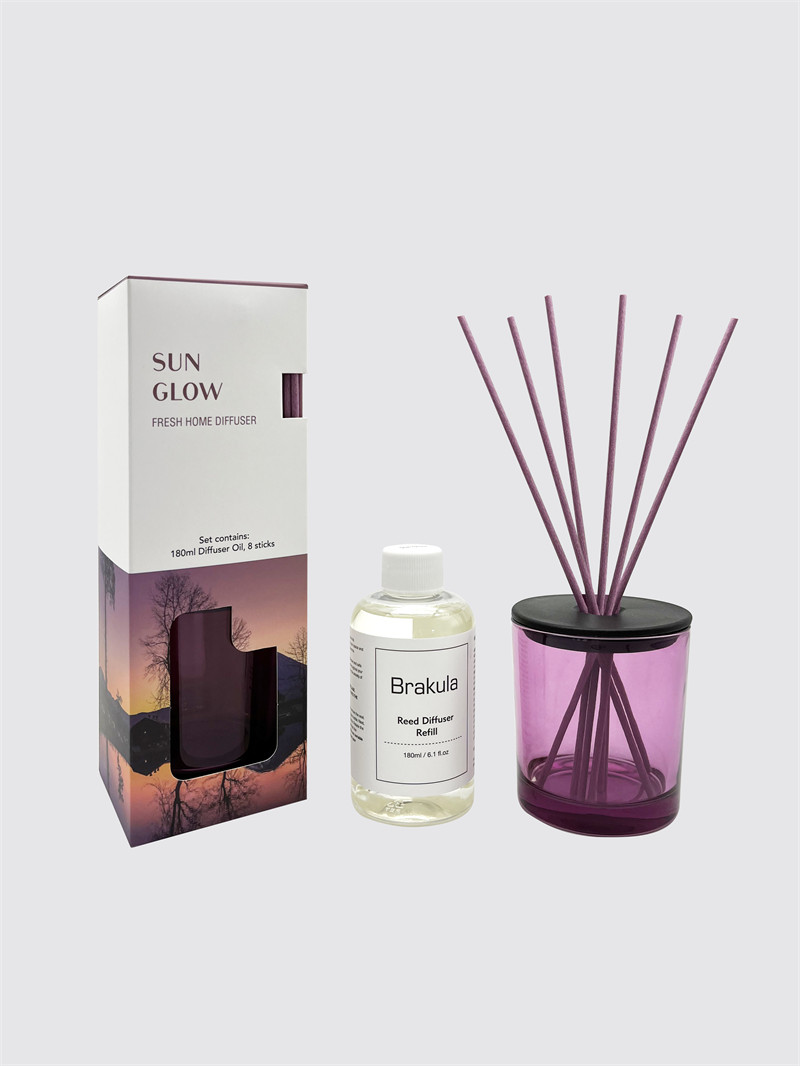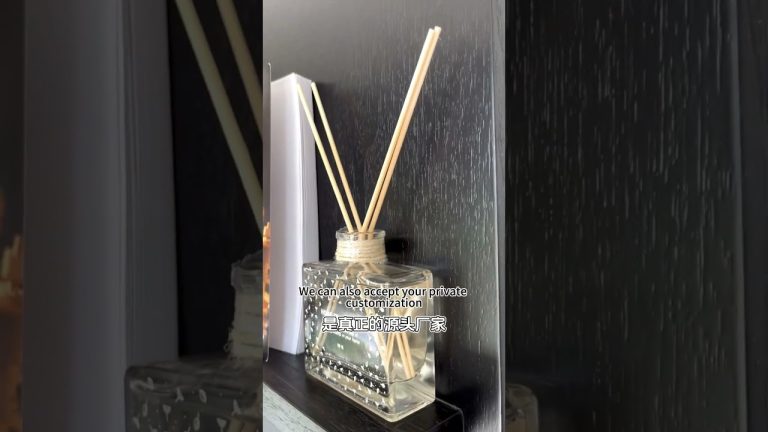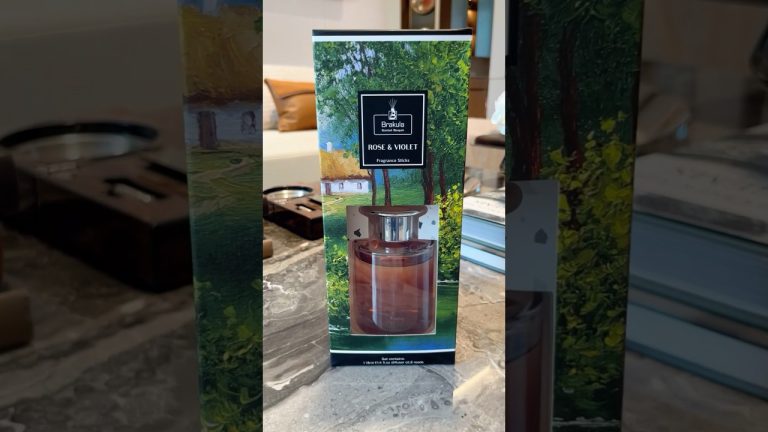Table of Contents
The Essence of Arabic Perfume
Arabic perfume, also known as “attar,” is deeply rooted in the rich cultural heritage of the Middle East. These fragrances are often characterized by their complex and layered scent profiles, which can include a wide range of ingredients. Traditional Arabic perfumes frequently feature notes of oud, musk, amber, and a variety of floral and herbal elements, creating a unique olfactory experience that is both alluring and intoxicating.
One of the most distinctive features of Arabic perfumes is the use of oud, a resinous wood derived from the agar tree. Oud has a deep, rich aroma that is often described as warm and woody, with hints of sweetness and spiciness. This ingredient is highly valued and can be quite expensive, often serving as the centerpiece of many Arabic fragrance compositions. The intensity of oud can evoke a sense of luxury and sophistication, making it a popular choice for special occasions.
In addition to oud, Arabic perfumes frequently incorporate musk, which adds a sensual and animalistic quality to the scent. Musk can range from light and airy to dark and heavy, depending on the formulation. When combined with other elements like jasmine or rose, musk enhances the overall depth and richness of the fragrance, creating a harmonious balance that is signature to Arabic perfumery.

Floral and Herbal Notes
https://reedaromalab.com/tag/affordable-reed-diffuser-china-best-exporters
Floral notes play a significant role in Arabic perfumes, often bringing a fresh and vibrant aspect to the otherwise deep and resinous scents. Common floral ingredients include rose, jasmine, and lavender, each contributing its unique character. For instance, rose adds a romantic and delicate touch, while jasmine imparts an exotic and intoxicating sweetness. These floral notes often intertwine with the heavier base scents, creating a well-rounded and multi-dimensional fragrance.
Herbal elements are also prevalent in many Arabic perfumes, providing a refreshing contrast to the warmer notes. Ingredients like sage, thyme, and basil can add an aromatic quality that enhances the overall scent profile. These herbs not only contribute to the complexity of the perfume but also reflect the natural landscape and traditional practices of the region, making them an integral part of Arabic fragrance culture.
Cultural Significance and Usage
The significance of Arabic perfume goes beyond mere aesthetics; it is a vital aspect of cultural expression and identity. In many Middle Eastern societies, fragrance is considered a form of personal adornment, akin to jewelry or clothing. Perfume is often used during religious ceremonies, celebrations, and social gatherings, reflecting one’s status and personality.
| Commodity Name | Scented Reed Diffuser |
| Material | Platstic |
| Suitable for | Hotel |
| Scents | Pomegranate, Pear & Light Blue Musk |
| Capacity | 120ml |
| Color | Light Blue |
| Origin | China Wholesaler |
| Duration | 20-30days |
Moreover, the art of perfumery in the Arab world is often passed down through generations, with families cultivating their own unique recipes and techniques. This tradition emphasizes the importance of craftsmanship and the meticulous selection of ingredients, ensuring that each fragrance tells a story and embodies the spirit of its creator. As a result, Arabic perfumes hold a cherished place in the hearts of many, symbolizing tradition, luxury, and connection to one’s heritage.





